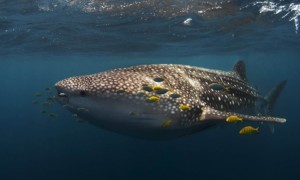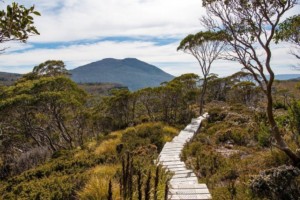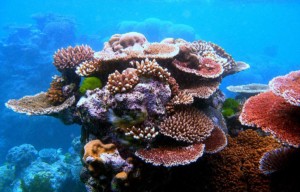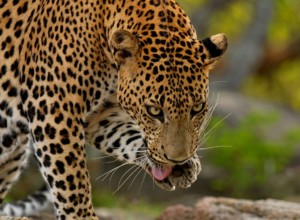Australian shark tourism valuation method may be useful elsewhere
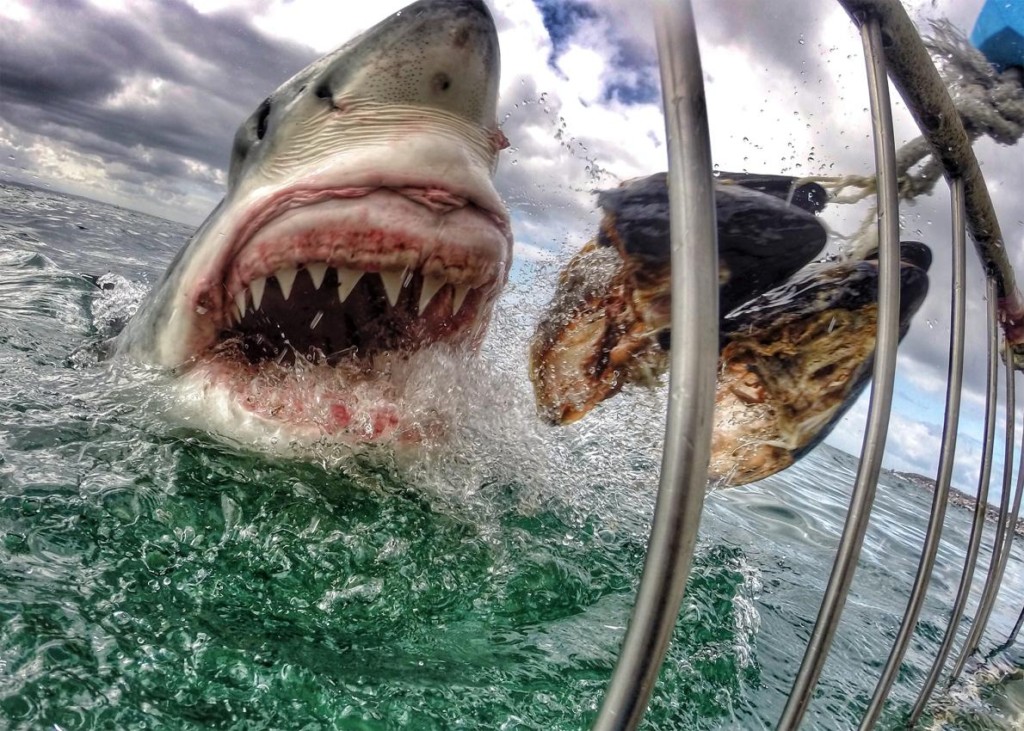
For destinations keen to understand more about the economic value of their own ecotourism and wildlife tourism products, the methodology employed by a team of researchers led by Charlie Huveneers “provides standardised estimates which allow for future comparison of the scale of other wildlife tourism industries (not limited to sharks) within or among countries”.
Dr Huveneers, who is Associate Professor at the College of Science & Engineering, Flinders University, South Australia, and Research Leader at the Southern Shark Ecology Group, told the “GT” Blog: “The questionnaire/survey we developed can be used for other industries or in other countries. We have already had several queries about the questionnaire and method we have used.”
Shark tourism is worth AU$25.5 million + to Australia
According to the abstract to the paper entitled “The economic value of shark-diving tourism in Australia”, which is published in Reviews in Fish Biology and Fisheries (Sept 2017), “the total annual direct expenditure by shark divers in Australia [is] estimated conservatively at $25.5 M.
“Additional expenditure provided by the white-shark and whale-shark-diving industries totalled $8.1 and $12.5 M for the Port Lincoln and Ningaloo Reef regions respectively. International tourists diving with white sharks also expended another $0.9 M in airfares and other activities while in Australia. These additional revenues show that the economic value of this type of tourism do not flow solely to the industry, but are also spread across the region where it is hosted.” (All amounts in AUD.)
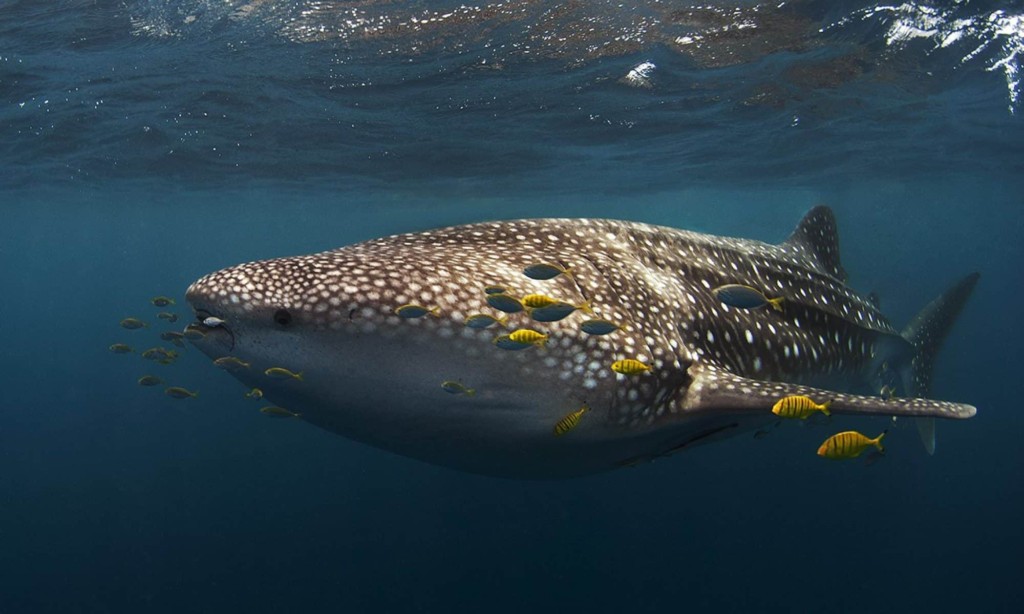
A whale shark cruises off the Ningaloo Coast. Source: ECOCEAN.
Shark tourism best practices
The abstract mentions the need for “adequate management of shark-diver interactions” to ensure sustainability but Dr Huveneers says it is difficult to provide broad recommendations for operators.
“There are many different types of wildlife tourism targeting many different shark species,” he told the “GT” Blog. “For example, management of snorkelling with whale sharks in the tropics requires different regulations to cage-diving with white sharks in South Australia.
“Most of the wildlife tourism industry in Australia is managed by a suite of regulations aimed at minimising the effects of the industry on the target species and by industry-led codes of conduct.
“Visitors should ensure that they are aware of these regulations and the operators they use follow these regulations and codes of conduct.”
For supply chain partners looking to include such experiences in tour itineraries or travellers themselves seeking out such experiences, Dr Huveneers recommends consulting WWF:
“The WWF in collaboration with Project AWARE and The Manta Trust has recently released a guide for responsible shark & ray tourism that provides a suite of free, practical, downloadable tools that can be used by operators, tourists, NGOs, local communities and resource managers to determine whether an industry or operator uses best practice to minimise their impact to the target shark or ray species.”

Cage-diving with sharks. By kalanz from Honolulu, Hawaii (CC BY-SA 2.0) via Wikimedia.
Cage-diving and white shark attacks
Some hypothesise that white sharks associate boats and humans in the water with a food source due to the chum, burley, or bait that shark cage-diving operations use to attract them. The idea is that this leads to more shark attacks on humans.
While the topic is outside the scope of the paper discussed above, the “GT” Blog took the opportunity to ask Dr Huveneers whether there is an established link between white shark cage-diving and white shark attacks:
“There is currently no data suggesting that shark-related wildlife tourism such as cage-diving increases the risk of shark attacks,” he said.
“The question of whether provisioning sharks during tourism activities increase the risk of shark attack cannot simply be answered by a yes or no as there are different underlying questions behind it. For baiting to increase the risk of shark attack, sharks need to have made some associations with food or changed their behaviour. However, even if such association has been made, it does not necessarily mean that it increases the risk of shark attack.
“The general question of the link between wildlife tourism and risk of shark attack can be split into two related questions:
- Do sharks associate boat or humans with food as a result of interacting with wildlife tourism; and if they do
- Does it result in increased risk of shark attack.
“The first question can be investigated through experimental and behavioural studies and is probably a valid question as most animals, including sharks, can learn complex tasks and quickly make associations. However, such link has never been demonstrated in white sharks and is unlikely to happen as white sharks are not normally fed during cage-diving (as per the regulations in place), and that a frequent positive reward is required for animals to make an association.
“The second question is more difficult to answer. Because of the inherent low number of shark attacks, you would never be able to statistically prove an increase or decrease.”
Featured image: New Jersey schoolteacher Amanda Brewer took the photo of the white shark while cage-diving off Seal Island in Mossel Bay, South Africa. The photo went viral and stirred up a debate about cage-diving. Source: National Geographic Your Shot.
Related posts


